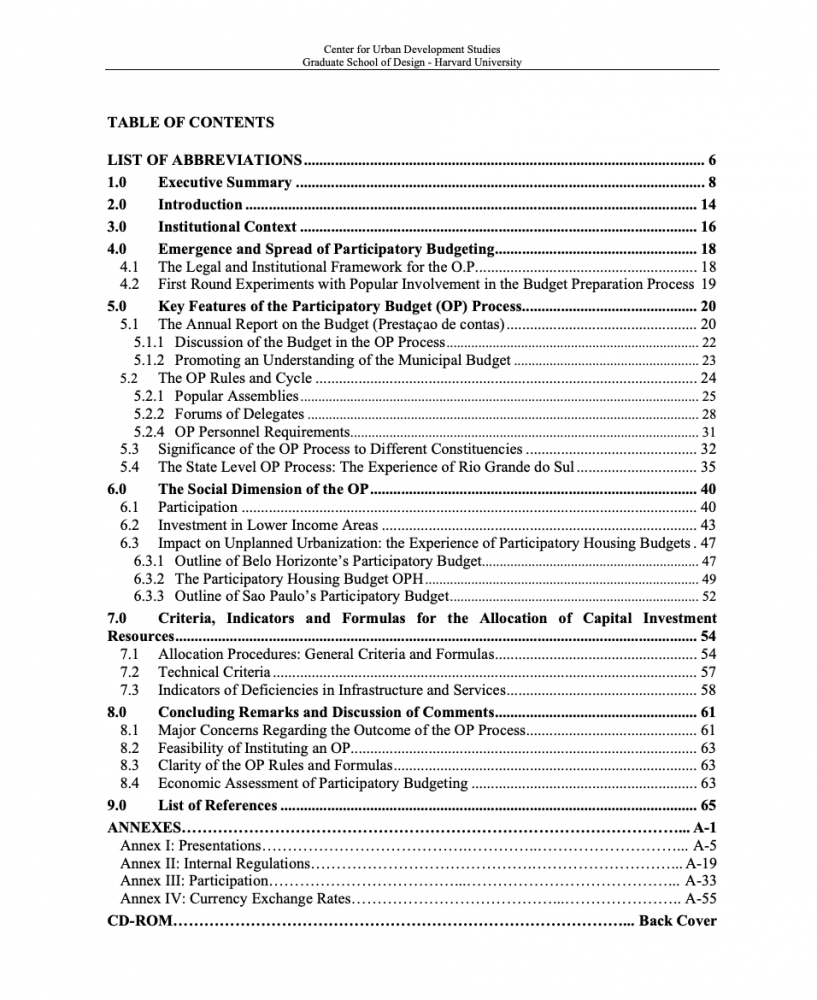Abstract
A 2002 report “Svishtov: A Community-Based Investment Program for Municipal Development” addressed the capital investment strategy in Svishtov, Bulgaria, involving an implementation strategy designed to encouraged financial partnerships among civic groups, the private sector, and the municipality to address city-wide and neighborhood improvement priorities.
Based on this initiative, the Svishtov municipality received a 2004 award from the Conrad Adenauer Foundation of Germany for innovations in Bulgarian municipalities. The initiative was also featured in a 2007 World Bank publication on participatory budgeting (Anwar Shah, ed).
Excerpt
[Excerpt: Introduction, “Svishtov: A Community-Based Investment Program, p.2]
“In Bulgaria, the current investment planning process for municipalities, regions and the central government is not able to mobilize the financing that is so desperately needed for municipal investments nor effectively leveraging local resources. Many municipal projects submitted for funding from central and regional sources are not funded and remain on waiting lists for a considerable period. This has a direct impact on citizen participation in the planning and budgeting process. Citizens are often unsure if their participation will prove meaningful. The lack of meaningful participation at the local level is often a result of a feeling that “nobody will listen to us.” Additionally, local authorities feel frustrated because regional and national projects that have a significant impact on local development policies are carried out with little consultation from local authorities.”
“Tight municipal budgets and an increasing demand for improved services among residents and businesses is leading to new public/private partnerships that focus on mobilizing community-based resources to improve the urban environment. This places a challenge to the local governments to integrate effective and sustainable participation of the local communities and businesses in improving the quality of the living environment.”
“This case study describes initiative currently underway in Svishtov to develop a community based investment program. The program is suitable for smaller municipalities that can fund local programs from their own resources and can mobilize external funds for community-based activities. The methodology concentrates on developing a more responsive planning system for community based programs that complements the existing investment process that is primarily oriented towards larger scale projects. While elements of the community-based investment program are specific to Svishtov such as project selection criteria that reflect the programs that are a priority for the municipality, the process can be adopted to other municipalities.”
| Project Year: | 2002 |
| Project Type: | Technical Assistance |
| Geographic Regions: | Svishtov, Bulgaria |
| Reports: | |
| Authors: | John Driscoll; Marianna Eneva; Anna Laskowska |
| Sponsors: | RTI International; USAID |
| Categories: | Informal Settlements and Urban Upgrading |
| ID: | 2002_03_001 |


